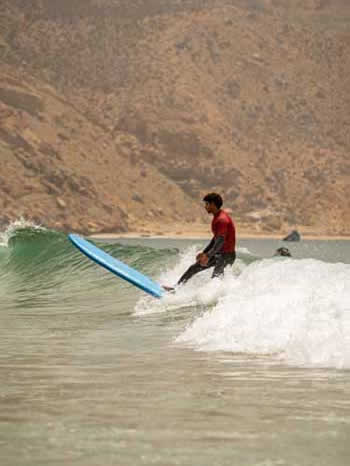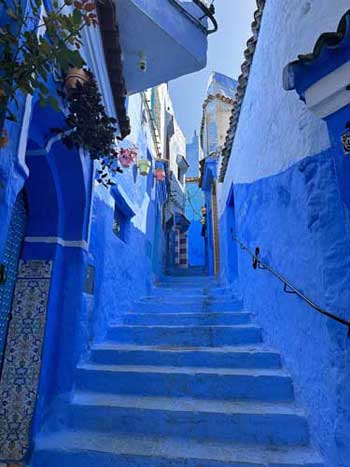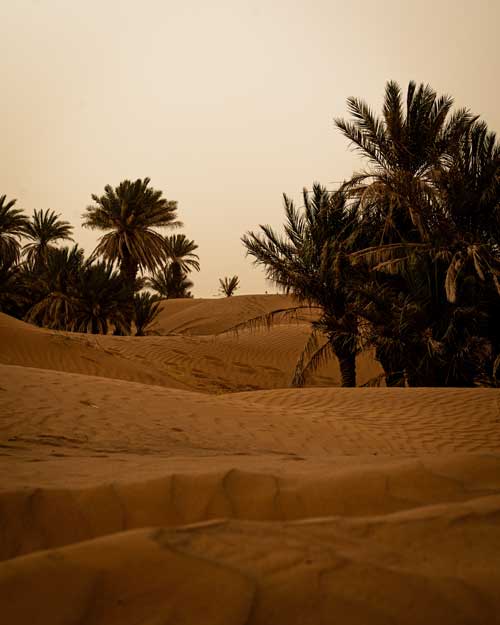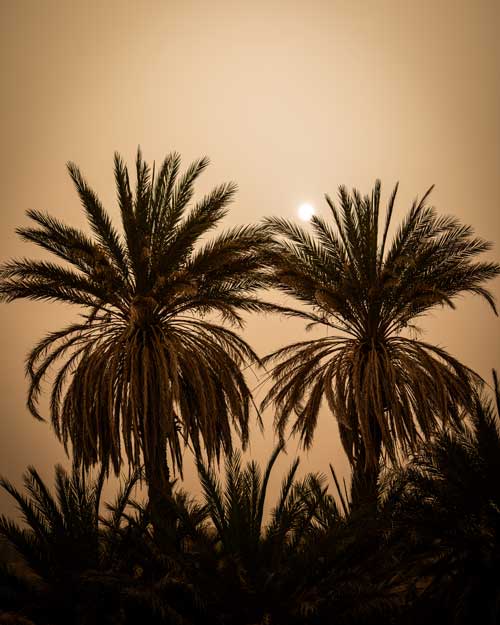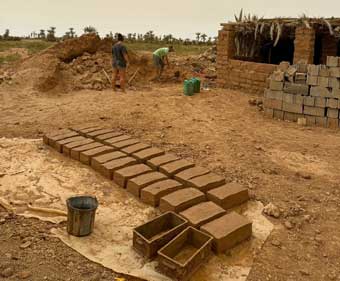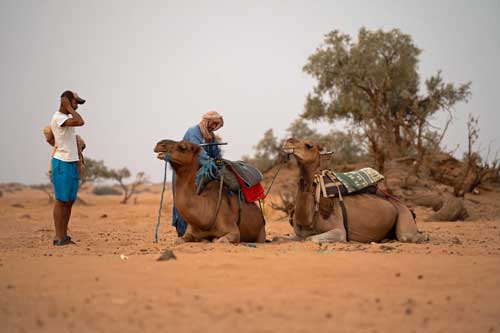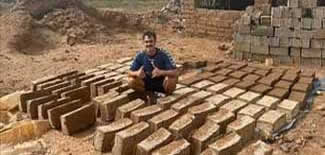 |
|
REBUILDING THE SAHARA DESERT, BRICK BY BRICK |
|||
Story and photographs by Katrina Chen |
I stood ankle deep in mud, sweat dripping off my elbows, the Saharan sun searing my skin. I looked at my hard work from the last three days, 120 mud bricks cementing in the sun. I tried to imagine what it would have looked like in this exact spot almost a year ago - the unrelenting water dismantling homes and farms, washing away people and animals. The devastation was hard to picture as I canvassed the surrounding deserted dry land. But one year ago, the developing village of Tagounite in southern Morocco was devastated by catastrophic flooding. As the end of my six month tour around Africa and Europe approached, Morocco was my last stop. There was much I had planned for this final hurrah; surfing the coast in Taghazout, haggling in the souks of Marrakesh, and strolling the infamous vibrant blue streets of Chefchaouen. But first, I was spending a week in the Sahara Desert.
A huge part of my love for traveling comes from living the local life, and I’ve found the best way to do this is through a work exchange. Two communities, Worldpackers and Workaway, offer the chance to work for hosts in exchange for accommodation and meals. There are many different types of work you can choose, ranging from childcare to building to photography. In this case, I was going to be helping to rebuild a home in the Sahara Desert, and in exchange, get to experience life in a small desert village. I had no idea what this opportunity was going to teach me; I just knew I would be getting on a bus for nine hours and heading south, close to the Algerian border.
I lethargically stepped off the bus into the exhausting 104 degree Saharan heat despite it being night when I arrived. I was approached by the host of the work exchange, a man named Krim, who welcomed me to Tagounite. I was invited into his quaint home and fed Tagine, a classic Moroccan dish. I slept on the roof under the stars and let the soothing voice of the call to prayer put me to sleep. The next day, we got to work. My alarm rang at 6am and by 7am, I was in the back of a ratchet car which was literally falling apart. We drove the dirt roads out of the village and into the outskirts until we got to a patch of barren land. Among the sand, dirt, palms, and tumbleweed sat a tower of over one thousand mud bricks, a mud brick shack covering building supplies, and a pile of mud. We sat under the shade created by the bricks where I was educated on the tragedy that had led to where I stood that day. In September of 2024, a cyclone found its way into the Sahara causing detrimental damage. In two days the region experienced the equivalent of a year's worth of rain. That much rain in such a short time meant the houses - made of mud bricks - were demolished. Stables and the animals inside them were swept away. All crops, farms, and land were upheaved. Tragically, 18 lives were taken by the water. For an area of the world that was already underdeveloped, this was a heartbreaking occurrence that left many people like Krim lost as to what came next. But when we fall, we get back up again, and the same goes for the Moroccan people. Men like Krim started rebuilding from the literal ground up. The first step was gathering piles of earth to make mud. Krim would then gather wheelbarrows of water from a well a mile away, walking almost 10 miles a day with 200 pounds of water in his wheelbarrow.
There was a lot of Morocco that I loved; it’s in my top three favourite countries visited. But the most impactful part of this country was seeing the determination and discipline it takes to watch your home be washed away and then, singlehandedly, rebuild that home with nothing but the earth. In lots of developed areas like North America and Europe, it’s impossible to even imagine this reality that the Saharan villages have lived through. Our houses are made strong with cement bases and wood, and even if a natural disaster like an earthquake or flood were to destroy our homes, we are fortunate to have access to developed resources. But when the floods destroyed these Saharan homes, no one was there to give them resources to rebuild. There were no cranes or bulldozers. There were no contractors to hire. All that was left was what was there in the first place: tradition, resourcefulness, determination, and strength. And mud.
About the Author
|
